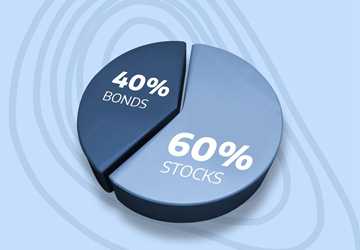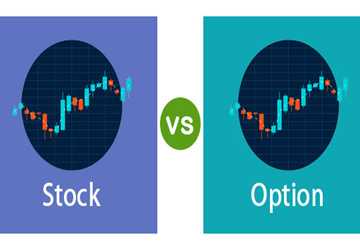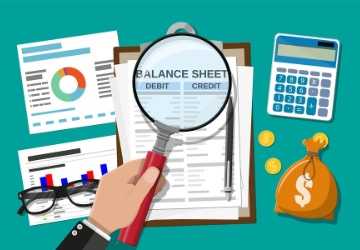How Does A Balanced Fund Work?
Author: Charles Ouko
Balanced funds are mutual funds invested in both bonds and stocks. Bonds provide income, and balanced funds purchase equities to profit from gain. A balanced mutual fund's portfolio typically consists of between 50% and 70% equities, with the remaining 30% or so being made up of bonds.

Balanced Funds: An Overview
In one mutual fund, a balanced fund—also referred to as a blended fund—offers investors a balanced combination of bonds and stocks. A balanced fund offers investors long-term growth potential and an income stream by combining a big allocation to equities with a smaller exposure to bonds.
A very high level of investment diversification is offered to investors by balanced funds, which possess thousands of assets. The traditional strategy is for a balanced fund to allocate 60% of its holdings to stocks and 40% to bonds. However, actively managed funds selected by professional investors and not dependent on market indices have the freedom to stray somewhat from the traditional 60/40 mix.

How Does it Work?
A balanced fund serves as a diversified set-it-and-forget-it portfolio. The fund accepts your investment, which is immediately dispersed among various investments depending on the fund's specified asset allocation, much like a Robo-advisor.
A balanced fund balances its portfolio when the bond or stock part veers too far from its overall target allocation.
Equities are sold during bull markets when the stock component rises to make up an excessive amount of the total fund, and the proceeds are then reinvested into the bond component to balance it. The converse frequently occurs in a bear market, where the fund will reduce its bond holdings when the stock part falls below its overall target allocation.
Instead of target-date funds, Balanced funds don't adjust or vary their proportions over time and aren't concerned with your age. The stock/bond allocation for a balanced fund investor aged 35 is the same as for one aged 65.
The equities and bonds in a target-date fund are chosen depending on age. There is a greater emphasis on equities for younger investors with lots of time until retirement.
The benefits of balanced funds
Balanced funds provide a straightforward strategy that tackles some of the most crucial aspects of effective long-term investing in an investment environment where thousands of exchange-traded (ETFs) and mutual funds are selected.
Instant diversification. You can invest in a diverse portfolio that likely contains hundreds of stocks and bonds with just one investment. A balanced fund might be an appropriate starting point if your portfolio is currently sitting in cash and you're having trouble getting started.
Do not struggle against your emotions. "Buy low, sell high" is a key for successful investment. However, buying additional stock during a down market and selling equities while performing well can be challenging. You don't have to worry about this behavioral difficulty because balanced funds periodically rebalance to keep in line with their initial asset allocation mix.
With a built-in bad market cushion, there is a substantial upside. U.S. stock returns have historically averaged 10.3% annually annualized. That is superior to the portfolio's average annualized 9.1 percent return, comprised of 60% stocks and 40% bonds. However, the cost of owning some bonds can be worth it if you find downturn markets unsettling.







